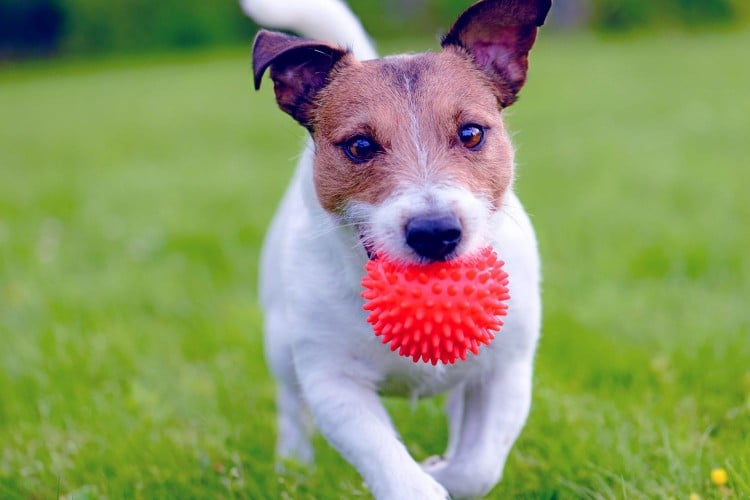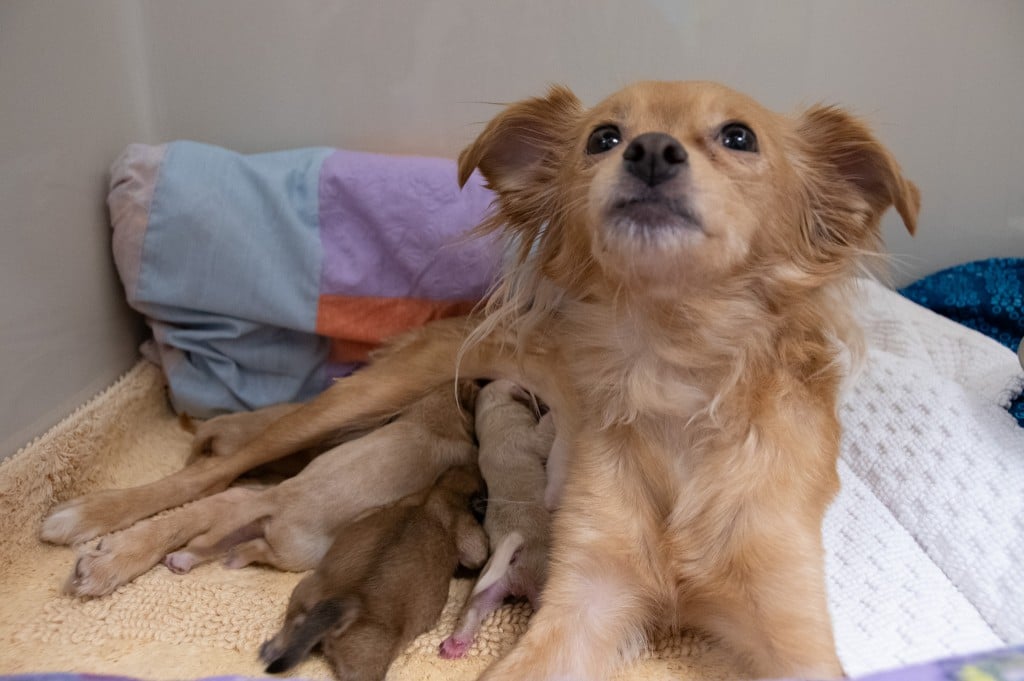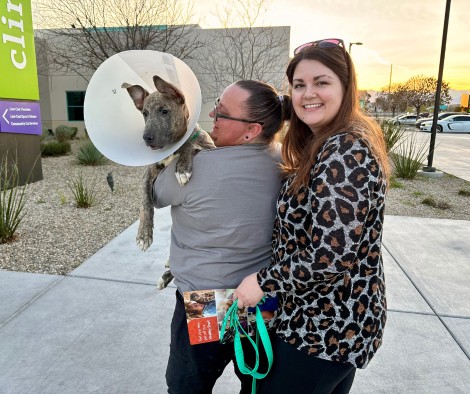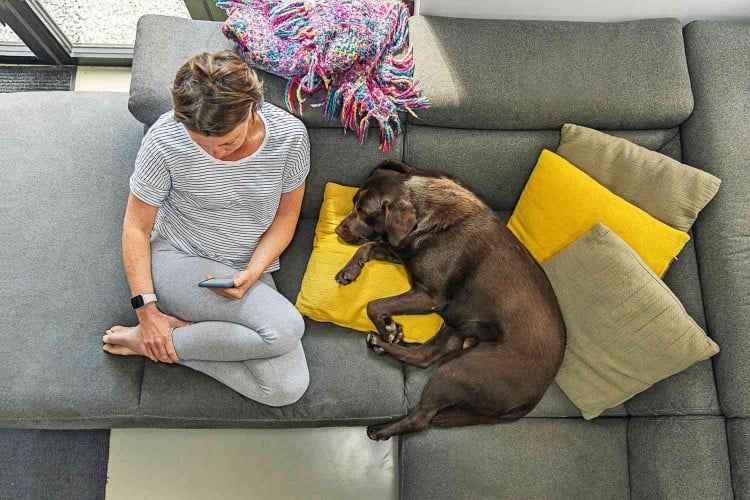
Dogs eat weird things. But when is what they eat a problem? Of course, there are people foods they shouldn't eat, such as onions, raisins, and chocolate. But what if they gobble down something that's simply inedible?
Last summer, Dash chewed up a hard chew toy, which he swallowed bits of and later threw up. But he didn't vomit up everything. Little did we know, a piece sat in his stomach for a month or so, then blocked his intestine. He stopped eating, looked unhappy, and was generally not his obnoxious/charming self, so we took him to our vet, who, after seeing nothing in an X-ray, referred us to an animal hospital.
Surgery to Remove a Foreign Object
Randy Fullerton, DVM, of North Florida Animal Hospital in Tallahassee, Fla., determined that Dash needed surgery to remove a blockage—the rest of the red chew toy. Dash came home from surgery with a tidy scar on this stomach and a fashionable Elizabethan collar. The day after he got his stitches out, he ate the rubber coating off his metal food bowl (it was fused on so tightly, I couldn't have cut it off with an Exacto knife). So he had to go back into the animal hospital. This time, because we caught it right away, the vets helped him vomit up the plastic.
The good news is that even with all the rubber extraction from his stomach and intestines, Dash is still as bouncy as ever. And as his parents, we are more vigilant than ever about what he might decide to chew up.
Fullerton, who operated on Dash, had more harrowing stories about weird things dogs have eaten. "Probably the more common things dogs have consumed included clothing, such as underwear and socks," he says. But he has extracted other improbable things from dogs' innards, too: corn cobs, part of a trophy, rocks of all sizes. "I've removed a scuba mask," Fullerton says.
What Goes In, Must Come Out
If what your dog eats is small enough, it will pass through his system without causing problems. "If it makes it to the colon, you're home free," Fullerton says. So if you see whatever your dog ingested in his feces, things will be okay. But if a foreign object gets stuck somewhere in your dog's system, it can cause problems.
Foreign bodies are initially difficult to diagnose, Fullerton says. "Most of the time it doesn't show up on the X-ray," he says. "If the dog eats a rock, that's easy. That will show up. … Coins are horrible, pennies especially." Newer pennies are mostly made of zinc. "And zinc is toxic," he says.
But not everything shows up on an X-ray. "Rubbery things may not show up plainly," he says. A linear foreign body (aka string, yarn, or twine) can stay in the stomach and bunch up. "If you see string coming out of your dog's end, never pull it," Fullerton says. It might be wrapped around something inside the dog. Your veterinarian can use an endoscope, which allows them to look inside your dog without exploratory surgery. The vet can see a foreign body, and it can be removed. If an X-ray or endoscopy doesn't reveal the foreign body, exploratory surgery is the next step.
What To Do If Your Dog Swallows the Wrong Thing
If you see your dog gobble up something large or jagged (like a peach pit), "bring him in to your vet," Fullerton says. "If the foreign object is in the stomach, we can go in and get it and not have to do surgery." That makes for a happier dog. "The stomach heals very fast," he says about inducing vomiting or having an endoscopy. "It heals much faster than the small intestine," he says, referring to surgery.
Safe Things to Chew
For dogs who love to chew, there are toys that are safer than others. Fullerton recommends not using string toys for dogs who are prone to chewing the life out of something (like Dash). "I like inert toys, like Nylabones," he says. Even the small bits of Nylabones that dogs chew off are so small that they will easily pass through a dog's system.
Which may prevent your pup from being the star of a vet's "you wouldn't believe what I extracted today" story.





